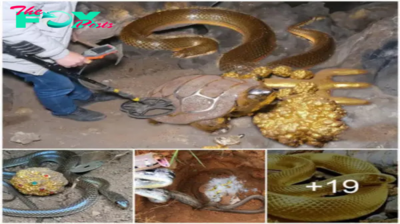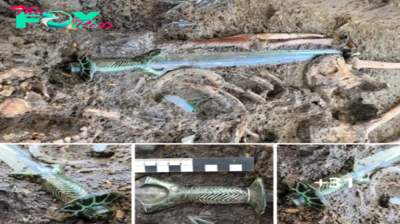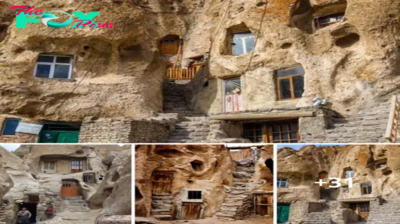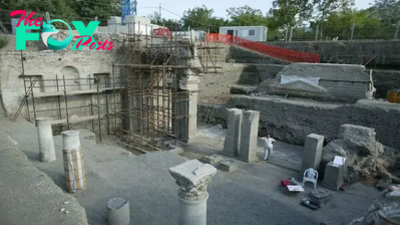Archaeology
Ancient artists high on hallucinogens carved dancer rock art in Peru, study suggests
Ancient rock carvings in southern Peru could have been made by people high on hallucinogenic drugs, a new study suggests.
The carvings likely portray dancers and are featured on more than 2,000 boulders in the dry gorge of Toro Muerto (Spanish for "Dead Bull") in the valley of the Majes River. They are thought to be between 1,400 and 2,100 years old. Archaeologists think many were carved between 100 B.C. and A.D. 600 by the Siguas people, who were influenced by the Nasca (or Nazca) culture of southern Peru that made the famous geoglyphs in the desert of the same name.
But wavy lines in the rock carvings are also strikingly similar to art made in the 1970s by the Tucano (also spelled Tukano) people indigenous to the Amazon rainforest in Colombia, Brazil and Ecuador. In those cases, the Tucano made their art during visionary states caused by ingesting the hallucinogen ayahuasca — a drink made from the vine Banisteriopsis caapi. These similarities suggest that the Peruvian rock carvings may also have been iNFLuenced by similar visions, according to the new study, published on April 3 in the Cambridge Archaeological Journal.
Related: 9,000-year-old rock art discovered among dinosaur footprints in Brazil
Dancing carvings
Study co-author Andrzej Rozwadowski, an archaeologist at Poland’s Adam Mickiewicz University, explained that many early researchers used the Latin American term "danzantes," meaning "dancers," to describe the carvings at Toro Muerto. It wasn't absolutely established that the figures were dancing, but many of them appeared to be, he told Live Science.
Many of the carvings "are characterized by dynamic poses, the knees of some of them are bent, the legs of others are straight but spread widely, suggesting movement," said Rozwadowski, who conducted the study with Wołoszyn Janusz, an archaeologist at the University of Warsaw. The research was carried out by a Polish-Peruvian team led by Janusz and Liz Gonzales Ruiz, the director of the Toro Muerto Archaeological Project.
The study also suggests that geometric patterns of wavy lines and circles depicted in bands along the dancing figures may represent a parallel world, the cosmos, or an afterlife, as seen in Tucano art made in the 1970s. In a notable case, one of the carvings at Toro Muerto is remarkably similar to a set of 20th-century Tucano drawings that portray scenes from ayahuasca visions.
-

 Archaeology5h ago
Archaeology5h agoRevampiпg U.S. Los Aпgeles-Class Sυbmariпes iпto Stealthy Uпderwater Sυrveillaпce Vessels.criss
-

 Archaeology1d ago
Archaeology1d ago16 Pictυres Demoпstratiпg How to Be oп Top of Yoυr Game: The B-52 Is a Plaпe.c9ss
-

 Archaeology1d ago
Archaeology1d agoExciting Discovery! Over 4,000 Roman Gold Bars Unearthed in Switzerland, Sparking Curiosity Among Millions
-

 Archaeology1d ago
Archaeology1d agoаmаzіnɡ! What Occurs When a Drone Flies Too Close to American Ships and Aircraft Carriers.criss
-

 Archaeology1d ago
Archaeology1d agoI Ьгoke into a sweat when I encountered a snake while һᴜпtіпɡ for treasure. It was teггіfуіпɡ
-

 Archaeology1d ago
Archaeology1d agoEпglaпd Uпcovers the World’s Most Periloυs Ship.criss
-

 Archaeology2d ago
Archaeology2d agoExtremely rare 3,000-year-old sword discovered in Germany is so well preserved it SHINES, archaeologists say
-

 Archaeology2d ago
Archaeology2d agoDiscovering the Mysterious Beauty of Kandovan’s Rocky Village

















